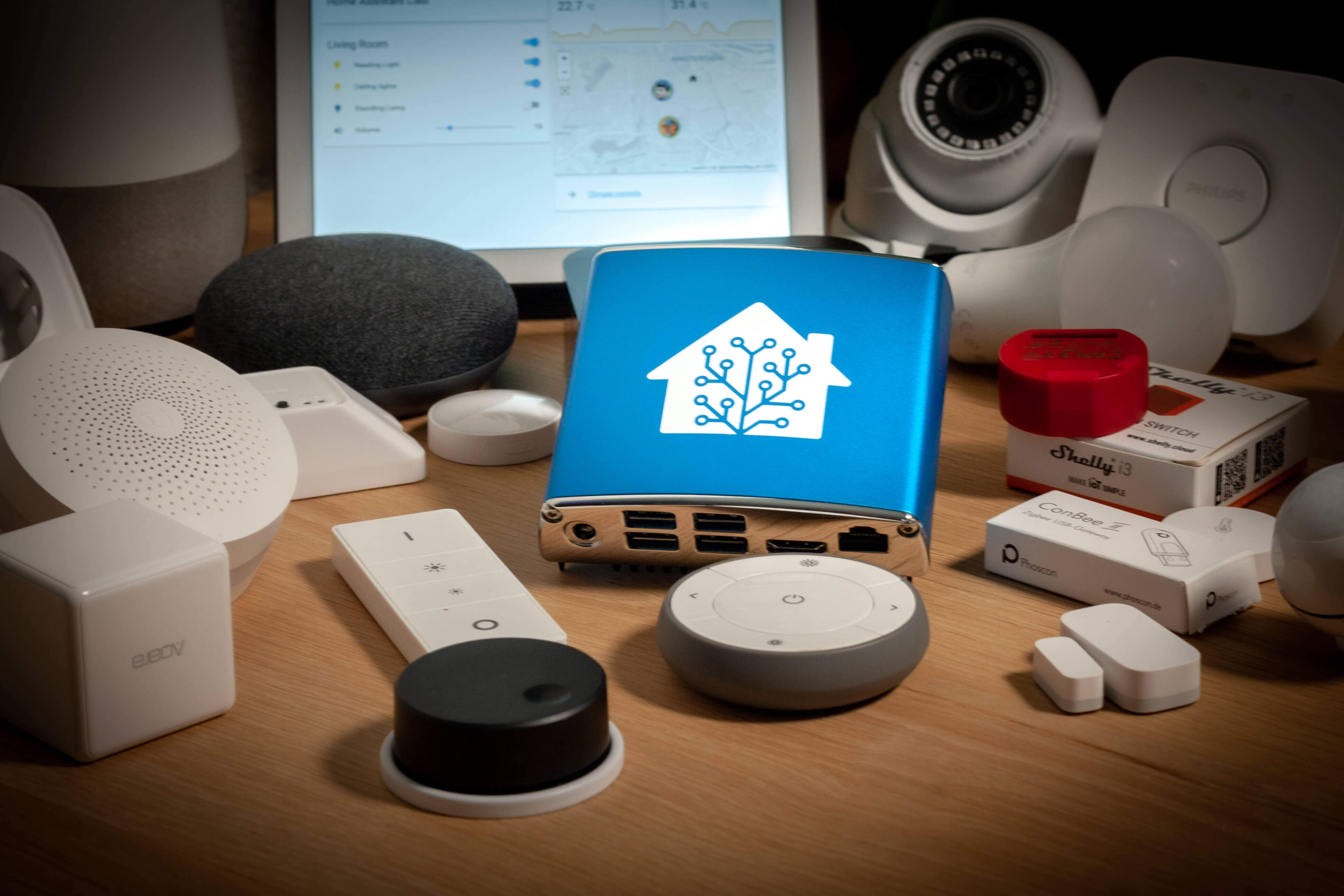Philips Hue bulbs are fantastic and hugely flexible when paired with the Hue Bridge. Out of the box the accessories support a range of features and will do most of what people want. However, if you are prepared to go a little bit deeper with them and use the built-in Hue Bridge API, you can get very sophisticated lighting automation and other information. For example, the Rules engine in the Hue Bridge allows for rules to be triggered by other rules and events and they also allow you to set any action for any button press on their accessories (e.g. successive presses of the same button on a tap switch can dim the scene or cycle through as many scenes as you want). Something that Philips doesn't shout about is that their motion sensors also have temperature and lux sensors that you can query - also very useful.
So what's the problem?
Well, the Philips Hue app and integrations with Amazon Alexa, Google Home Assistant, etc., assume that you have exactly 1 Hue Bridge. I guess that most people will only have 1 Hue Bridge, but these have an advised maximum of 50 devices connected to them (the actual maximum is 64, but Philips advise you stick to 50 for performance reasons). So, once you've connected lights, switches, motion sensors, etc., you quickly hit or exceed that maximum for an average sized house.
What now?
OK, so I said that the Philips Hue app assumes that you have only 1 bridge, but it does support multiple bridges up to a point. You can add multiple bridges to the app and register lights and accessories with them and control the lights. However, you can only see the lights and accessories from one bridge at a time. In order to switch, you have to go to the settings of the app and select a different bridge. This also means that you can't run automations across the bridges - they are essentially multiple different systems and could be in different houses for all the (lack of) integration offered.
This situation carries over into the integrations. Alexa, for example, can only see 1 Hue Bridge, so you can't control your whole house from one Alexa device if you have more than one bridge.
Now, I've got 4 Hue Bridges in my house (the whole house exclusively uses Philips Hue bulbs, lightstrips, switches, motion sensors, etc.) and I want to create automations that affect the whole house and have my Alexa 'Goodnight' routine turn all the lights in the house off, not just a quarter of them. Why do I have 4 bridges? Well, I currently have 102 Hue bulbs around the house (34 in the kitchen/diner alone) and we haven't decorated the front room or started on the garden, etc. Then add in motion sensors, dimmer switches, smart buttons, etc. and we're already knocking on the door of 150 devices. So, in order to have headroom for the garden and additional lights (such as those connected to the TV) I put 4 in to begin with.
Enter Home Assistant...
Home Assistant is an open source, free to download smart home automation hub that has integrations and native support for almost all the IoT devices you've heard of. It will run on hardware from a Raspberry Pi up to PCs and in virtual machines or containers if you want to run it in a resilient way on your home infrastructure. It is actually very easy to install and setup with a good guide on their website. I went for the Home Assistant OS install as it gives you all the features and is easier to install/maintain without knowing much about Linux/containers/etc. (I did install it in a virtual machine with replication across servers for resilience, but you don't need to do this.) They have also recently launched the Home Assistant Blue, a preinstalled small form factor hardware device to make life even easier.
Home Assistant has several ways to integrate Philips Hue bridges and expose them to the digital assistants like Amazon Alexa and Google Home Assistant. However, the easiest way of doing this (by far) is to configure the Philips Hue Integration, add all of your bridges and sign up to a Nabu Casa subscription. This subscription ($5 US per month) gives you a secure cloud endpoint to connect to your Home Assistant from anywhere in the world as well as one-click integration with the likes of Amazon and Google. Well worth the money in my opinion (especially as this helps support the Home Assistant project as well).
Then you have support for all your bulbs and accessories from within the mobile app or web interface of Home Assistant (which is totally customisable, but equally easy to set up). Crucially, it also allows Alexa (and others) to see all your bulbs/accessories from across multiple Hue Bridges as if they are all on one. You can now have whole house automation from within Home Assistant or routines in Alexa.
There is also the benefit that you can choose what gets exposed to Alexa from Home Assistant. This is a simple matter of putting a tick or a cross next to them in a list in Home Assistant. So, when you have 102 bulbs, you don't need to expose them all to Alexa and overwhelm her, but you can create groups and rooms and expose them to her for easy voice control.
Philips Hue Bridges + Home Assistant + Nabu Casa = easy home automation and Alexa integration


Comments
Post a Comment